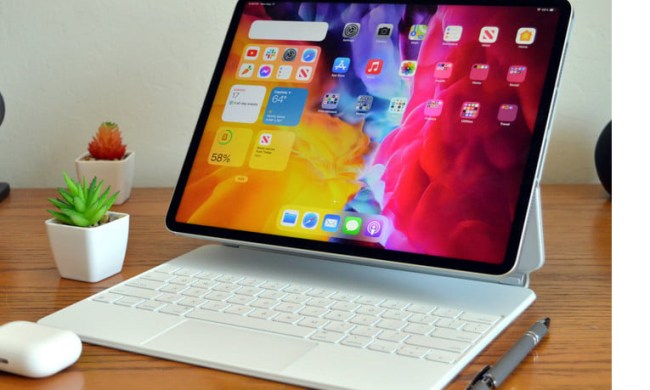Exactly a week after Adobe launched Photoshop for iPad, early user reviews suggest the software has fallen well short of expectations.
The upset appears to stem from the company’s prelaunch promotion that promised to bring “real Photoshop” to the iPad, a claim that many users took to mean a comprehensive package close to the desktop version.
But shortly before the software’s release on November 4, reports suggested beta testers were disappointed with the lack of key features.
“Feature-wise, it feels like a beefed-up, cloud-based version of their existing iPad apps and not ‘real Photoshop’ as advertised,” one of the testers said.
In the App Store this week, the vast majority of the more than 650 ratings for the new software offered it only one star, leaving it with an overall rating of 2.1 out of a maximum score of 5.
One disappointed user wrote: “This app in its current state can’t add any filters, rotate canvas, missing tools, etc. … Releasing these apps, asking consumers to pay for said release, then asking us to provide valuable feedback is nonsense.”
On the other side, a user who awarded the software 5 stars said the release “could have been handled better, but the features in v1 are well done,” adding, “Most people who read about it walked away with the impression of ‘full’ and ‘real’ Photoshop, not ‘a limited feature v1 that will grow over time.’ From an announcement hype standpoint that’s fine. From the standpoint of expectation setting, that was precisely what led to the blowback currently manifesting itself as 1-star reviews.”
In recent days, the growing number of negative reviews in the App Store and social media sites prompted Scott Belsky, chief product officer of Adobe’s Creative Cloud division, to respond on Twitter.
In a flurry of posts, Belsky began by saying that you have to ship a minimum viable product “to start the journey,” adding, “But it will be painful at first.”
Belsky continued: “By definition, it won’t please everyone (and if it’s a reimagination of a 30yr old popular/global product, will displease many).”
The executive wrote that if you try to please everyone with the first version, “you’ll either never ship or make nobody happy … Such feats require customer feedback to truly exceed expectations. You must ship and get fellow passionate travelers on board.”
He added that “at some point you need to build a new product WITH customers — out in the world, not just FOR customers — hidden in the lab.”
The speed at which the Adobe can knock its new software into shape is likely to be key to its long-term success, with some critics already suggesting alternative iPad software such as Affinity Photo, which, like Photoshop, can sync with a desktop version of the same product.
Photoshop for iPad costs $10 a month but is free for Creative Cloud subscribers whose package already includes the desktop version.
For more information on Photoshop for iPad, check out Digital Trends’ piece detailing all you need to know.


